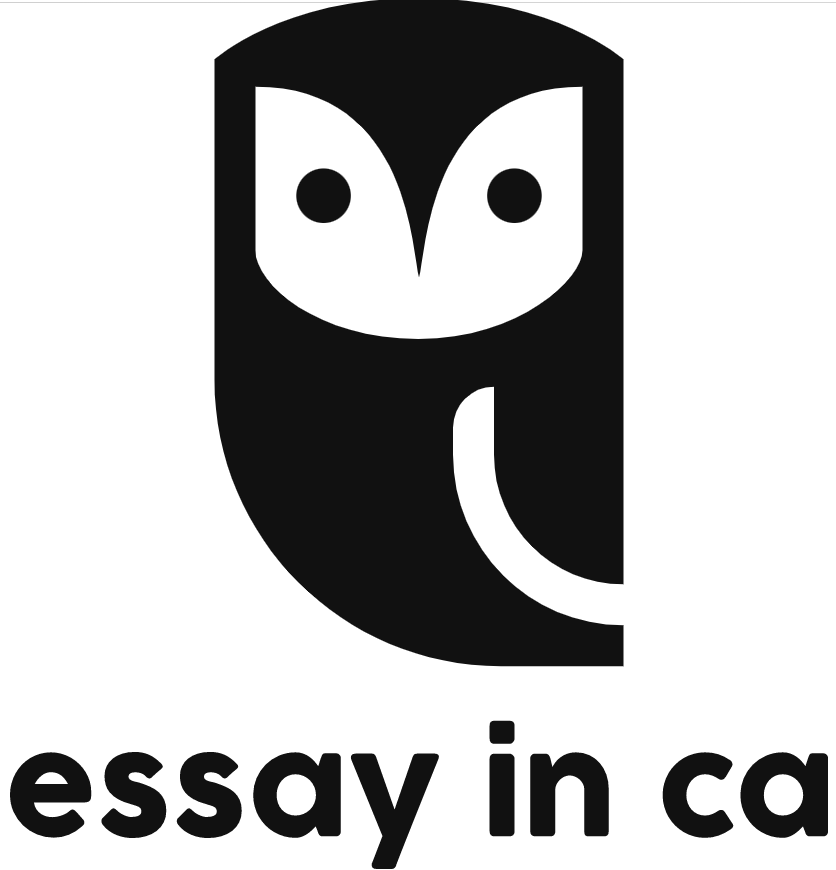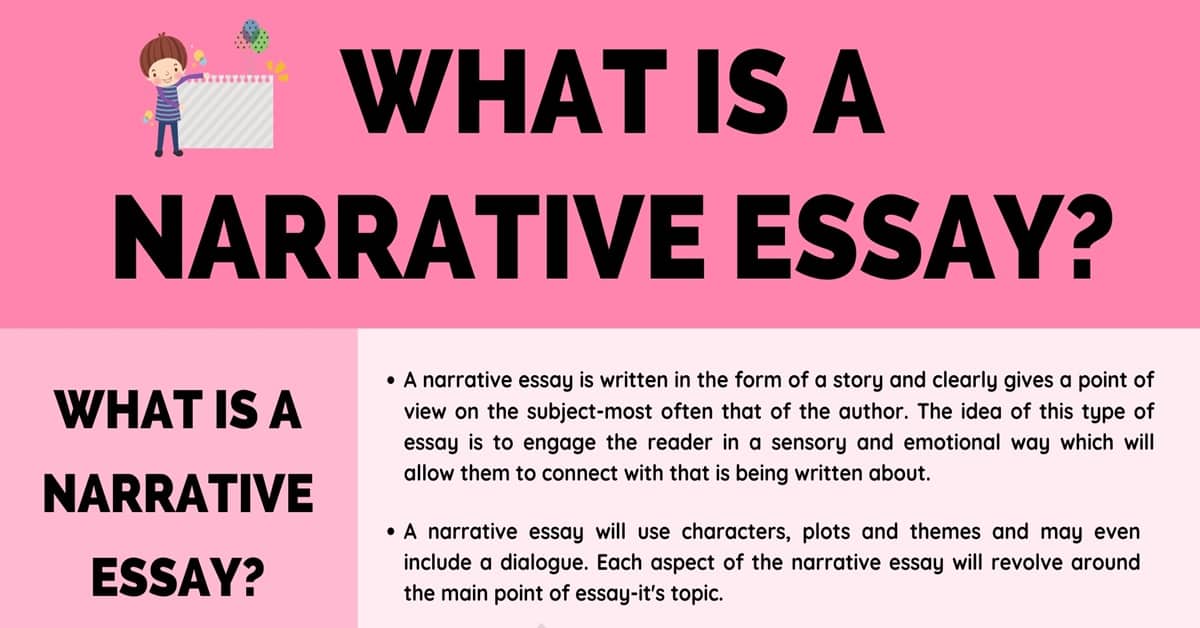Narrative essays are all about telling stories. All good stories involve conflict. Select a compelling topic to write about. Unexpected events can make your essay more compelling, and they also reveal more about your character. To write a successful narrative essay, make sure you have these elements in mind. You can use these elements to structure your essay in a way that will make it memorable and a success. Listed below are some tips to help you start writing.
Plot
You need to plot your narrative essay correctly in order to create a compelling story. A story has several elements and one of the most important ones is the plot. The plot is the actual story being told. To create an effective plot, you need to follow the pyramid of Freytag. It is a proven formula for generating an emotionally satisfying story. Follow this guide to make your story as strong as possible. Here are some tips to plot a narrative essay:
In a narrative essay, the main body is the part of the essay where you tell the story. It should contain details, facts, and conflict and will guide the reader through the plot. A narrative essay will usually contain three to five paragraphs and the general word count will determine how many paragraphs it should have. A good writer will spend hours in the details, and will use descriptive language and literary symbols sparingly. Each sentence should serve a purpose.
Setting
The setting in a narrative essay can have a significant impact on the meaning of the writing. When developing a setting for an essay, consider brainstorming significant characteristics about the location, mining for details, and considering its overall significance. The setting should be a revealing backdrop that helps the reader understand the theme and meaning of the writing. Listed below are some techniques for developing a meaningful setting in your essay. To start, brainstorm the meaning and significance of the setting in your personal story.
In the setting of a narrative essay, you can describe the atmosphere and landscape of the place. You can also include the economic climate, traditions, and culture of the place. Write down these details on a piece of paper. You can look for real-world locations in Google Street View or in made-up universes on Artstation and Pinterest. The more information you gather, the more vivid your setting will be. When introducing a setting in an essay, try not to overwhelm the reader with too much detail.
Character
To write a character narrative essay, you need to analyze a piece of fiction. To do this, you should first describe the personage, including the physical attributes and the background that shape their character. Then, you should identify what conflict or obstacle they faced and what lessons they can learn from their experiences. After describing a character, it is time to discuss how that person affected others and how you can relate to them.
To write a character narrative essay, it is important to analyze the story and determine how each character fits into the plot. Characters will often have their own unique traits, and they will all fit into a specific role. You can break the characters down into two categories: major and minor roles. In addition, your character analysis paper should also discuss the growth of each character in the story and how they change as the plot progresses. There will be a conclusion and an introduction to your character paper.
Conflict
In a narrative essay, conflict forces the character to confront their own desires and goals, and to learn from those conflicts. Conflict is intended to grow the character and help him or her move on to better things. Conflict can be internal or external, or both. The conflict can also be based on setting, like in Jumanji, where the main character finds himself or herself in an unfamiliar area. In either case, the conflict is an integral part of the plot.
There are three main types of conflict in a narrative essay: internal, external, and symbolic. Internal conflict involves the protagonist’s struggle with himself or herself, as well as with society or another person. External conflict is the protagonist’s struggle with fate or societal norms. A child in trouble with his or her parents, for example, is in conflict with a societal tradition of obedience. Likewise, an internal conflict could involve a character’s struggle with their character’s flaws, such as being an outcast or being a rebel.
Theme
A narrative essay typically contains a central theme. This theme can be personal or larger in nature. Some narratives will follow several themes while others will stick to one theme. Often, themes revolve around social issues, nostalgia, loneliness, conflict, or other subjects. Identifying the theme of a narrative essay can help the reader gain a deeper understanding of the author’s work. But how do you identify the theme of a narrative essay?
First of all, the theme of a narrative essay is revealed in the way the story is presented. Whether the story is told in a single point of view or from multiple points of view is another factor in determining the theme. Narrators can also contribute to the theme. Third-person omniscient narrators present the thoughts of many characters while limited narrators focus on just one character. A theme statement should be consistent throughout the story.
Outline
In writing a narrative essay, there are some steps that you must follow. Your outline will act as a table of contents and contain all the sections that will make up your paper. First, you should organize your thoughts. This will help you clarify your writing goals and prevent you from forgetting important ideas. Next, you should write down your ideas. Once you have all your ideas down, you should develop an outline for your narrative essay.
A narrative essay is an essay that tells a story. It may be personal, or it can be based on history in general. An outline will help you plan your paper in advance, and it can make the writing process faster and more efficient. You should include the following elements in your outline:

